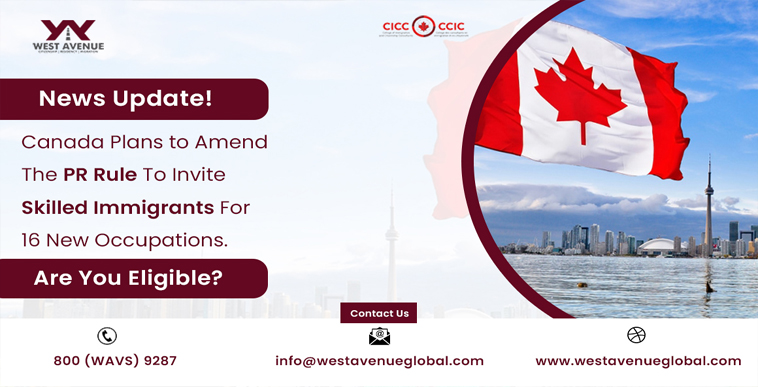The new PR rule for Canada immigration now includes 16 new occupations
Latest Canada migration news for all who is planning to migrate to Canada.
To address the acute labor shortages, Canadian government is working toward inviting immigrants with the skills the economy needs.
Sean Fraser, Minister of Immigration, Refugees and Citizenship of Canada, announced the implementation of the National Occupational Classification (NOC) 2021. Canada will be able to attract global talent in high-demand sectors like health care, construction, and transportation by using the new NOC categories.
An addition of 16 new occupations will be eligible for express entry, such as nurse assistants, long-term care aides, hospital attendants, elementary and secondary school teacher assistants, and transportation truck drivers.
In the Canadian labor market, the NOC system tracks and categorizes all occupations, and it is updated to reflect changes in the economy and the nature of work. Through the changes to the NOC system, more jobs will qualify for the Express Entry programs that are managed by the ICCRC, thus expanding pathways to permanent residency for temporary workers and international students. This update now opens up permanent residency opportunities to 16 more occupations that were previously ineligible.
The federal government is relying on all available tools to address labor shortages, especially in health care, construction, and transportation sectors. By providing employers with highly skilled workers, these changes will support Canadians in need of these services, and our economy will be able to move forward into a prosperous future with the help of these changes.
I’m thrilled to announce expanded pathways to permanent residence in Canada for these in-demand workers," said Sean Fraser, Minister of Immigration, Refugees and Citizenship.
Foreign nationals with work experience in the following 16 occupations are now eligible to apply through Express Entry which is the easiest way to immigrate to Canada:
- Payroll administrators
- Dental assistants and dental laboratory assistants
- Nurse aides, orderlies and patient service associates
- Pharmacy technical assistants and pharmacy assistants
- Elementary and secondary school teacher assistants
- Sheriffs and Bailiffs
- Correctional service officers
- By-law enforcement and other regulatory officers
- Estheticians, electrologists and related occupations
- Residential and commercial installers and servicers
- Pest controllers and fumigators
- Other repairers and servicers
- Transport truck drivers
- Bus drivers, subway operators and other transit operators
- Heavy equipment operators
- Aircraft assemblers and aircraft assembly inspectors
Canadian occupations are classified according to the National Occupational Classification (NOC). In order to collect, analyze, and disseminate occupational information for the labour market as well as the administration of employment-related programs, this system provides a systematic classification structure to ease Canada Immigration Demands. Information about occupations is used to support a number of programs and services. These include developing skills, forecasting the availability and demand of occupations, analyzing the supply and demand for labour, and ensuring employment equity. NOC is used by Immigration, Refugees and Citizenship in Canada to determine occupational eligibility in its temporary and permanent residency programs.
easiest way to immigrate to Canada
Canada immigration
Canada immigration programs
New Canada migration news
new 16 occupations that are eligible for express entry
Citizenship in Canada

